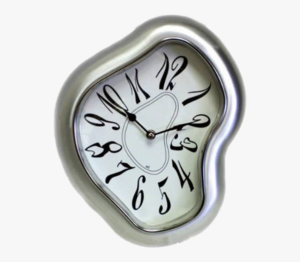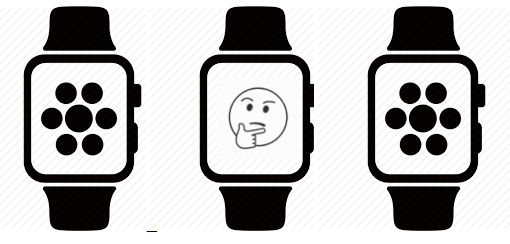I’ve been working as ‘psychophysiologist for hire’ on a project with my LJMU psychology colleague Ruth Ogden. We just published our first paper from this project, together with our collaborators, Chelsea Dobbins (University of Queensland), Jason McIntyre (also LJMU Psychology) and Kate Slade (University of Lancaster). With one thing or another, the paper was in development for a long time, mostly because of the volume of data, but partly because data analyses were quite labour-intensive.
Ruth originally initiated the project and got the funding as part of her ongoing research into time perception. She’d already collected some laboratory data that linked activation of the sympathetic nervous system with a subjective perception that time was passing more quickly than usual. There was already a precedent in the literature for increased body temperature distorting time perception and making it seem as though time was passing quickly. There is also an influential paper that links autonomic activation regulated by the anterior insular cortex with distortions in temporal perception.
The motivation for the current study was to test whether increased sympathetic activation had any influence on temporal perception during everyday life. At this point, enter the ‘psychophysiologist for hire’ with a bunch of wearable sensors to measure electrocardiogram (ECG) and electrodermal activity (EDA).

